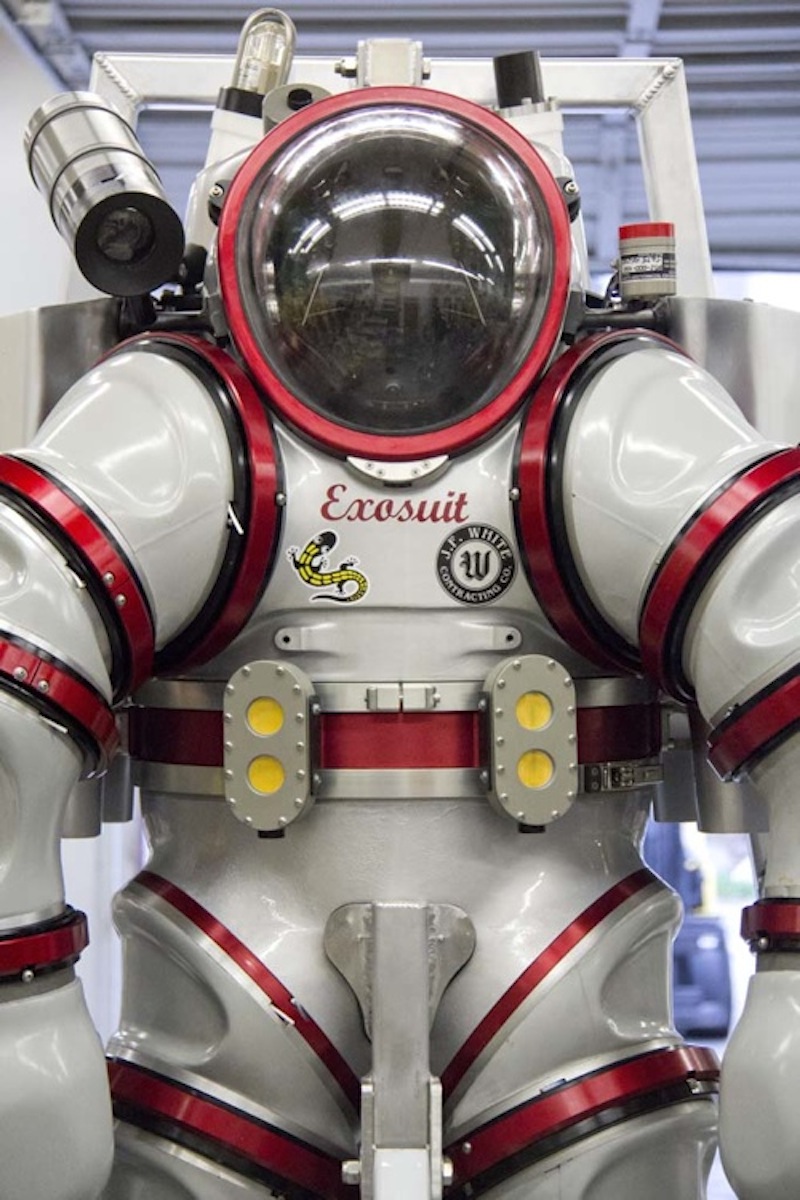When you purchase through links on our site , we may bring in an affiliate commission . Here ’s how it work .
When a container ship loaded with bunker fuel rammed into a Bay Bridge tower near San Francisco last week , it released nearly 60,000 gallons into the bay . The oil has contaminated at least two dozen beach , leaving a gunky film on everything from trees to rocks to wildlife .
resultant role of the spill can be control all over , but for many , the damage is most visible in the pitiful birds coated in oily gook . Most of the affected fowl are ducks , and ordinary citizen have turned out in drove to avail scavenge the poor animals .

An oil-covered bird takes refuge on shore at Fort Baker near Sausalito, Calif., Thursday. Some 58,000 gallons of oil were spilled into the bay after a container ship hit a tower of the Bay Bridge in San Francisco Wednesday.
Yet good intentions are seldom enough to solve complex problem . Many voluntary who showed up quick to clean oiled wildlife were turn away . California state law need that anyone knead with toxic oils must have prescribed grooming , something few of the volunteers had .
In fact , the whole premise behind cleaning oiled wildlife has been called into question .
While no one is intimate that contaminated bird should be left to die , enquiry has shown that it is both expensive and ineffective . After the Exxon Valdez oil spill in 1989 , 357 sea otter were land in for handling , and 197 were repay to Alaskan waters .

Each survivor cost more than $ 82,000 .
But radio - tracking studies of 45 of the publish otter find that , eight months by and by , twelve were all in and nine were lose .
Around 1,600 ocean birds were also appropriate , de - oiled , and rehabilitated . Half of them were give back to the sea at a monetary value of nigh $ 32,000 per bird . After assessing that endeavor , the Pacific Seabird Group of Stinson Beach , California , concluded that wildlife rehabilitation follow vegetable oil spills is in general Labour - intensive , costly , and has a depressed probability of succeeder .

The money spent cleaning animals that are likely to die soon anyway could be much more efficaciously spent designing extra prophylactic system , indue in oil - containment enquiry , or paying for additional hand brake personnel to respond to spills . It ’s not surprising that the public favour the helping hand - on , emotionally satisfying method of rehabilitate case-by-case bird , though in the long rill such a method may be more , both in brute lives and in dollars .
Benjamin Radford is LiveScience ’s Bad Science editorialist . He wrote about the importance of grounds - based public policy in his book " Media Mythmakers : How Journalists , Activists , and Advertisers Mislead Us . " This and other books can be found on hiswebsite .















